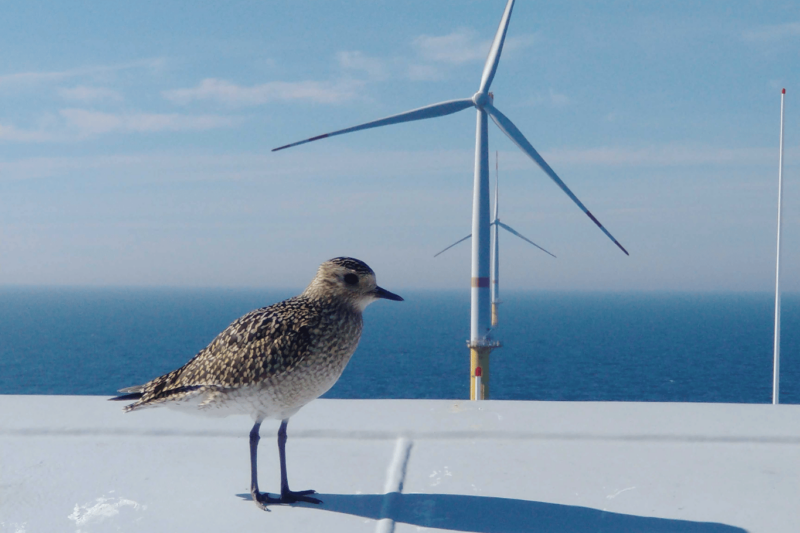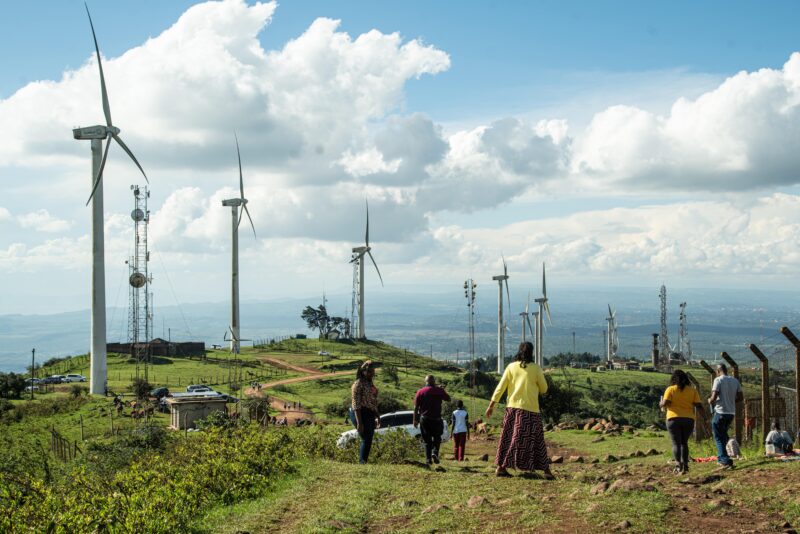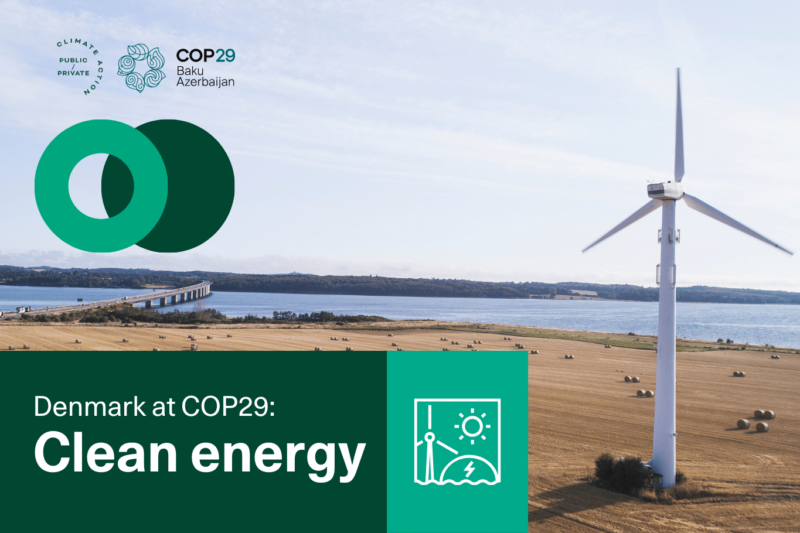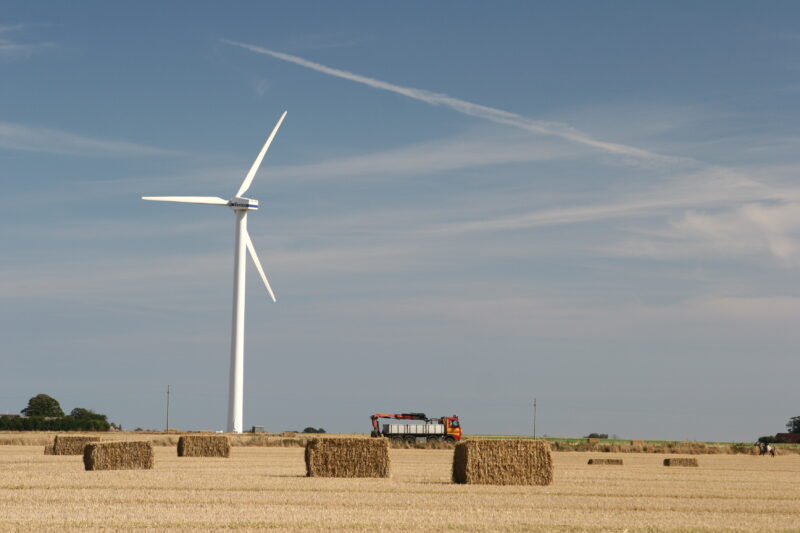News
Offshore wind
Wind energy
Wind farm planning and development
+1
Denmark is Heading Towards 60% Wind Energy


In a few years, wind turbines will supply the equivalent of 60% of Denmark’s electricity consumption, which is a marked increase in comparison to the roughly 45% supplied by wind turbines in the first half of 2017. A significant part of the explanation for this lies in the plans currently being executed by Vattenfall, both offshore, nearshore, and onshore.
Presently, the first four of 49 poles are being constructed on the bottom of the North Sea. Once completed, Horns Reef 3 will be the largest offshore wind turbine park in Denmark to date.
-Related News: Danish Electricity Prices Lower than German and English
-The first monopiles were transported from the Netherlands to Horns Reef 3, but most of the subsequent work will take place from Esbjerg Harbour, including transportation of wind turbines, says Arne Rahbek, who is responsible for project communication regarding wind energy in Vattenfall.
Horns Reef 3 will consist of 49 wind turbines from MHI Vestas Offshore Wind. Each turbine will have a capacity of 8.3 MW, and thus the park will have a combined capacity of 407 MW, which is a little more than Ørsted’s Anholt Offshore Wind Farm (Ørsted is the company formerly known as DONG Energy) with it’s capacity of 400 MW.
Wind energy prices are falling
At the beginning of 2015, Vattenfall won a tender for the rights to build at Horns Reef 3. At the time, Vattenfall bid with a price of EUR 0.10/kWh, but a lot has happened since then.
For example, Vattenfall is now going to construct the nearshore wind farms North Sea South (170 MW) and North Sea North (180 MW) for EUR 0.06/kWh and the offshore windmill park Kriegers Flak (600 MW) at EUR 0.05/kWh. At recent international tenders, offshore wind developers such as Ørsted have indicated zero support for projects being carried out in 5-6 years. However, the prices are not directly comparable since the tender conditions in relation to for example support period and landing vary.
-We are looking into a market that can operate independent of subsidies for onshore wind turbines very soon, says Arne Rahbek, who is a bit more reserved in regards to the market for offshore wind turbines.
-Related News: 10 Examples of Successful Wind Energy Solutions
-A lot will depend on whether the wind energy industry manages to develop the next technological platform with turbines of 12-15 MW, and parallel to that, manages to produce foundations, cables, and other equipment cheaper, he points out.
Important with development in Denmark
Horns Reef 3 will be located 29-44 km from the west coast of Jutland, and the offshore windmill park is expected to produce the equivalent of the energy consumption of 425,000 households. Adding capacity to Denmark’s electricity supply in the future will be needed, as electricity consumption in Denmark is likely to rise in the coming years as companies such as Apple, Facebook, Google, and others establish data centres.
Vatenfall hopes to be able to construct two more offshore parks between 2020 and 2025. Closer cooperation between the countries around the North Sea is also very welcome:
-The plan from Energinet and TenneT to create an energy island on Dogger Bank in the North Sea is very positive in the long-term. The North Sea is one of the best areas for wind energy, with its shallow waters and good wind conditions, so there is a huge potential for developing the area into a powerhub for Europe, says Arne Rahbek.
Currently, the Danish wind turbine capacity is around 5,300 MW. During the next 3-4 years, Vattenfall will add 1,350 MW distributed on the windmill parks Horns Reef 3 and Kriegers Falk, as well as the nearshore North Sea South and North Sea North. In addition, there will be at least 150 MW onshore, so a minimum of 1500 MW in windmill capacity will be added to the Danish electricity grid in the coming years from Vattenfall’s projects alone.
Horns Reef 3 will begin to supply electricity to the electricity grid in West Jutland during 2018,. The construction work takes place on an offshore area of 88 km2, and is situated 34 km off the west coast of Jutland. The wind turbines and foundations for Horns Reef 3, which will be in full operation in 2020, will be built in Denmark, Germany and the UK.
-Source: The Danish Energy Association















